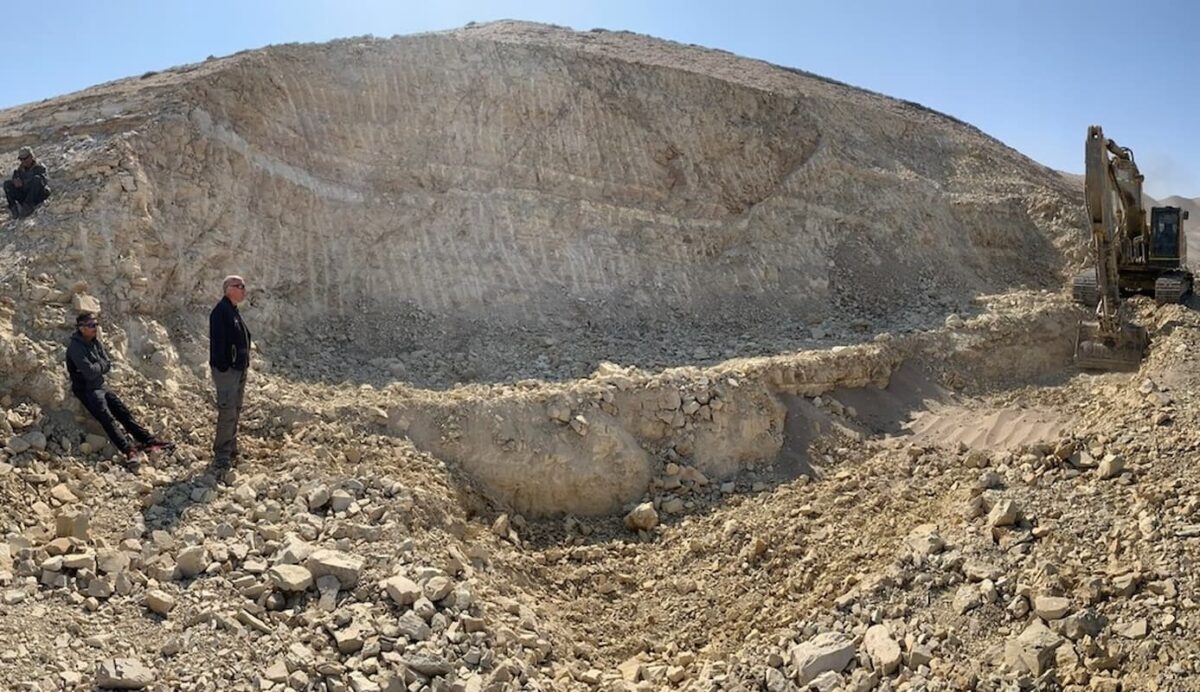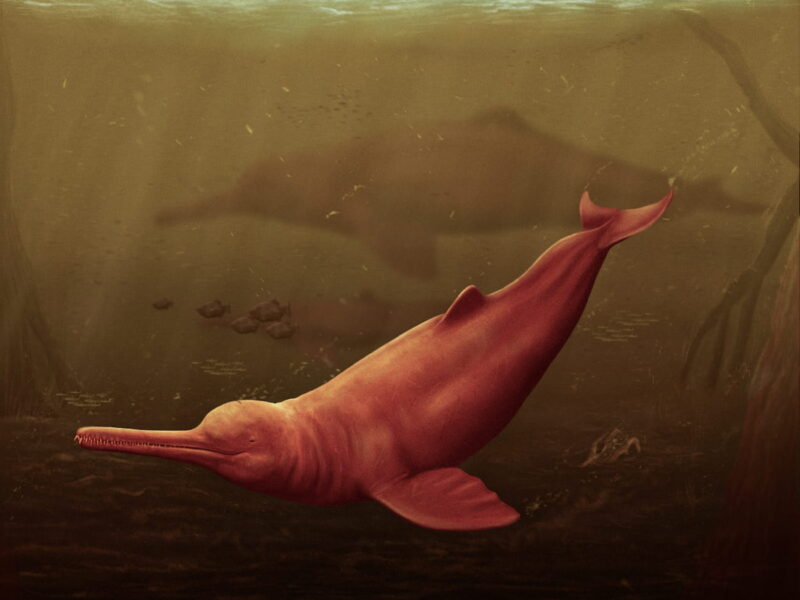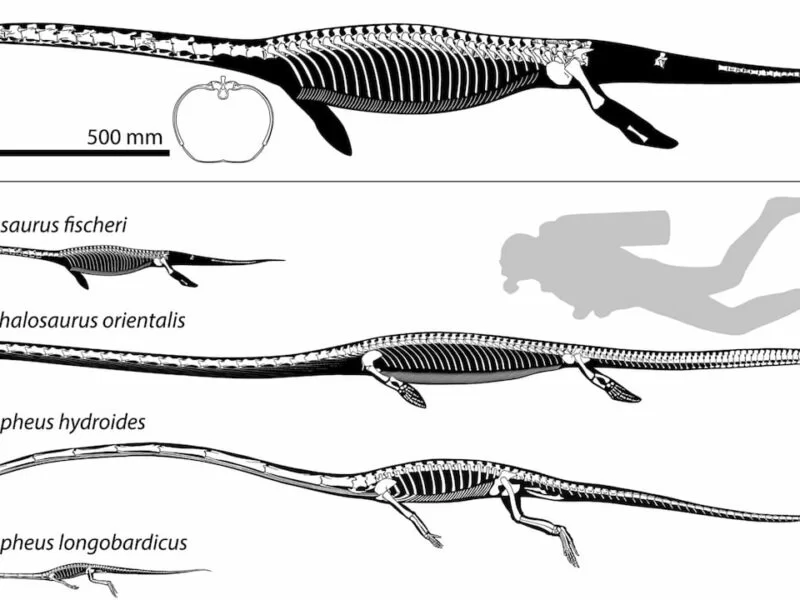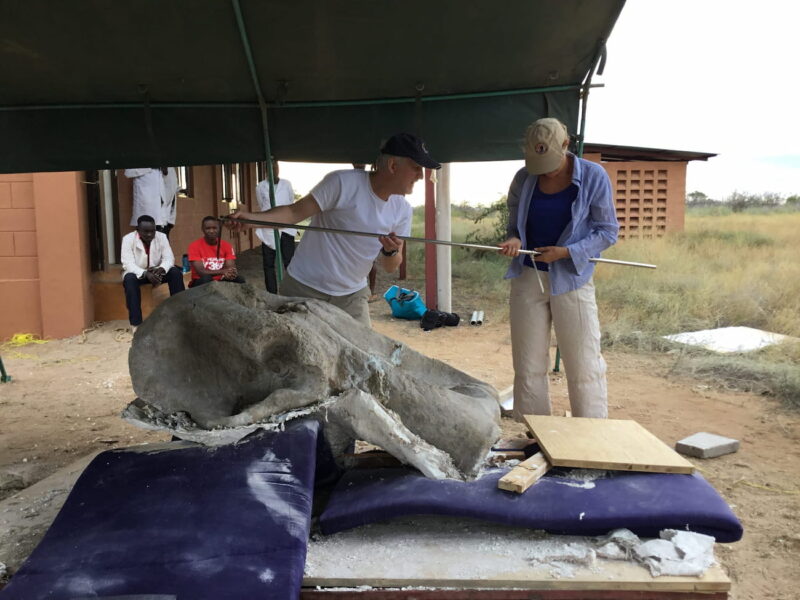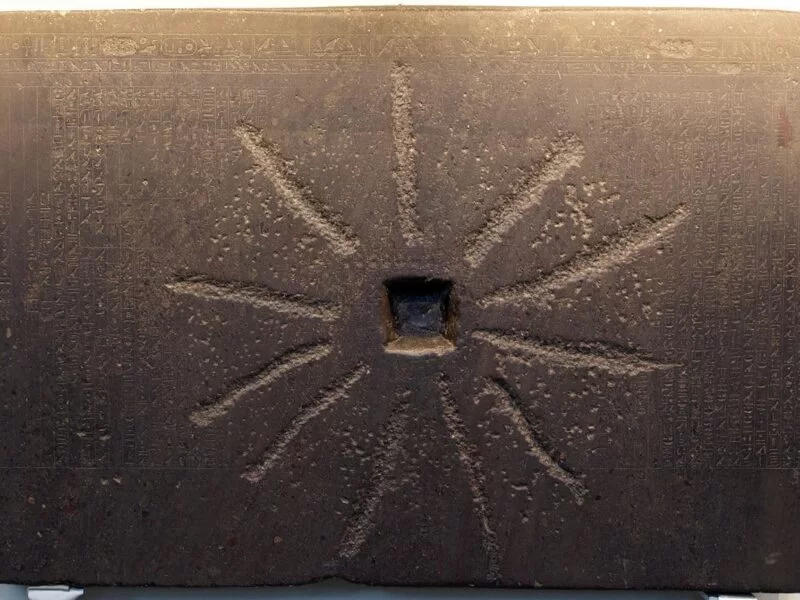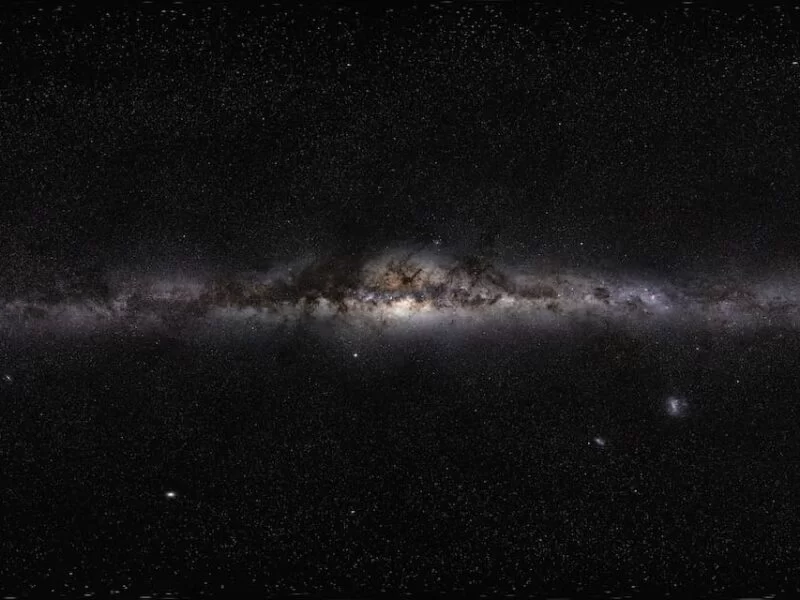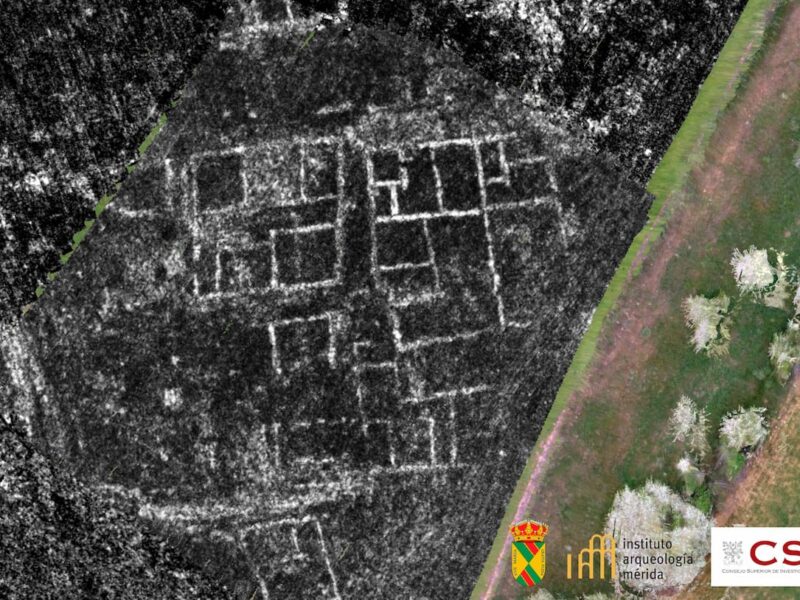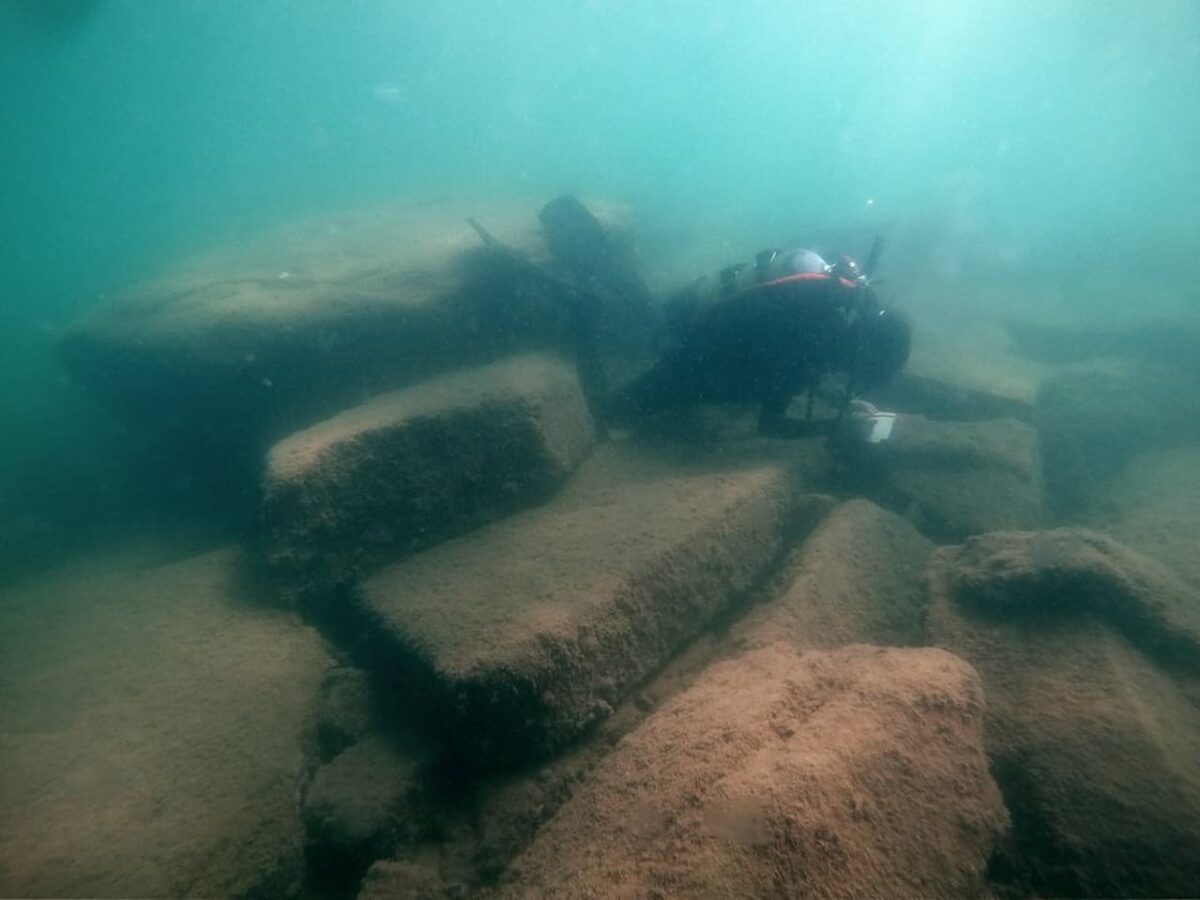The vast Ica desert in Peru, a remote and difficult-to-access region, captured the scientific world’s attention in 2023 thanks to a colossal discovery: the first remains of Perucetus colossus, an ancient cetacean that lived approximately 40 million years ago and has been classified as the heaviest animal ever to have existed on Earth.
Now, a team of paleontologists from the University of Pisa has returned to the site with the goal of unearthing what could be the complete skeleton of this impressive marine mammal.
The discovery of Perucetus colossus in 2023 was a key moment for paleontology. Not only because of the magnitude of the remains found, which include 13 vertebrae, four ribs, and part of the pelvis, but also because the size of this animal would surpass even that of the blue whale, which had until then been considered the largest living creature in history. According to estimates, Perucetus may have reached 20 meters in length, and its mass could have been up to 340 tons, nearly twice the weight of a blue whale, which averages around 170 tons.
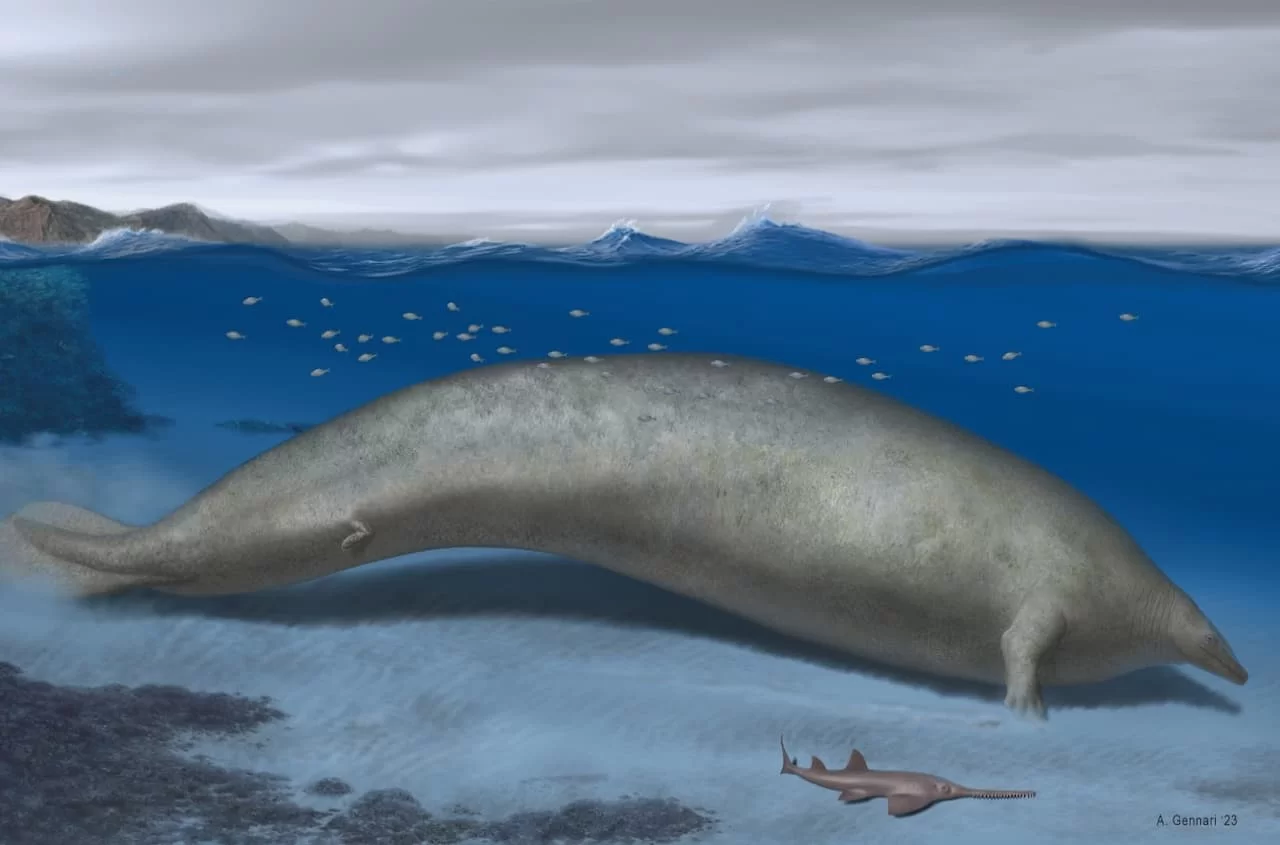
However, the skeleton discovered was incomplete, leaving many questions about its morphology and ecology. The absence of the skull and teeth means that paleontologists can only speculate about the diet of this giant. According to Professor Alberto Collareta, one of the most intriguing mysteries is whether Perucetus was an herbivore, like modern manatees, or if it could have been a scavenger, feeding on the carcasses of other marine vertebrates.
The recent expedition, conducted as part of the ProArcheo project and co-financed by the University of Pisa, involved a multidisciplinary team led by Professor Giovanni Bianucci. Among the participants were paleontologists Alberto Collareta, Giulia Bosio, and doctoral student Francesco Nobile, along with geology and micropaleontology experts from the Universities of Camerino and Milan-Bicocca. This team worked hard to expand the excavation area at the site where the original remains were found.
One of the most significant challenges has been the hardness of the terrain. The Perucetus fossil is embedded in an extremely hard rock hill in one of the most inaccessible areas of the Ica desert. According to Bianucci, the excavation work in previous years, which lasted more than a decade, was severely hampered by the hostile conditions of the site, making it impossible to continue using traditional methods. For this reason, during the latest expedition, a mechanical excavator was used, an extreme but necessary measure to remove several cubic meters of rock and create a more accessible working platform for the paleontologists.
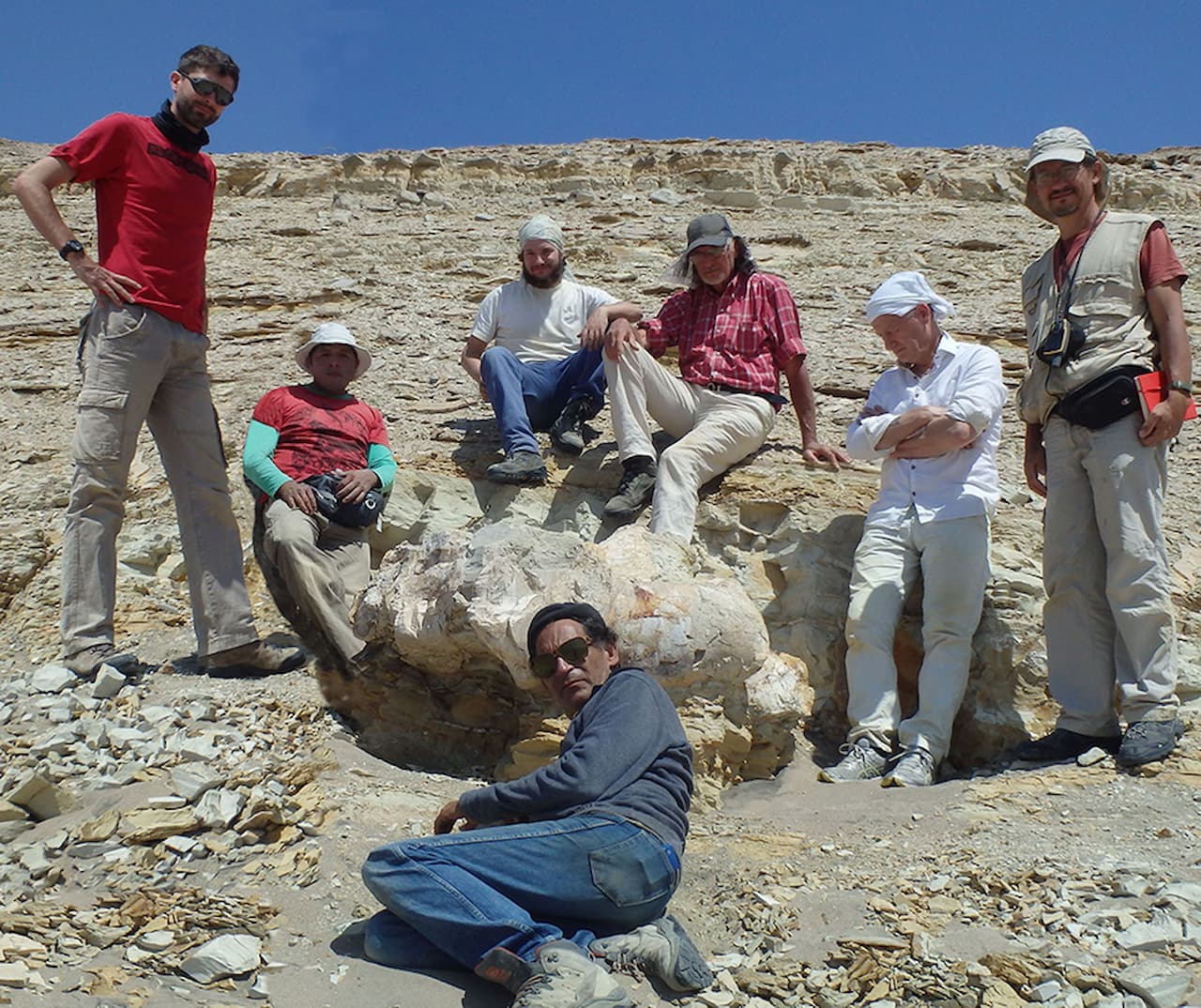
Thanks to this intervention, the team has managed to approach a rock layer where the skull of Perucetus is believed to be located, a crucial part of the skeleton that has yet to be discovered. If found, this new discovery could provide definitive answers about its diet and behavior.
The impact of Perucetus’ discovery has not only been scientific but also media-driven. It was one of the top three scientific news stories of 2023, according to National Geographic. The dimensions of this animal captured the public’s attention worldwide, not just because of its size but because it represented a new milestone in the understanding of ancient giants that once inhabited the oceans. The publication of the findings in the journal Nature cemented the importance of the discovery in the field of paleontology.
This global attention has highlighted the need to continue the research, not only to complete the skeleton of Perucetus but also to broaden the understanding of the marine ecosystems from the era in which it lived, the Eocene, a time when the oceans were home to creatures that, like this cetacean, reached gigantic proportions.
Paleontologists hope that any additional remains unearthed will offer a more complete picture of this enigmatic animal. The analysis of the already discovered vertebrae and ribs has led to the hypothesis that Perucetus was an extremely dense cetacean, a characteristic that suggests it led a primarily benthic life, meaning it lived mostly near the seafloor.
SOURCES
Discover more from LBV Magazine English Edition
Subscribe to get the latest posts sent to your email.

